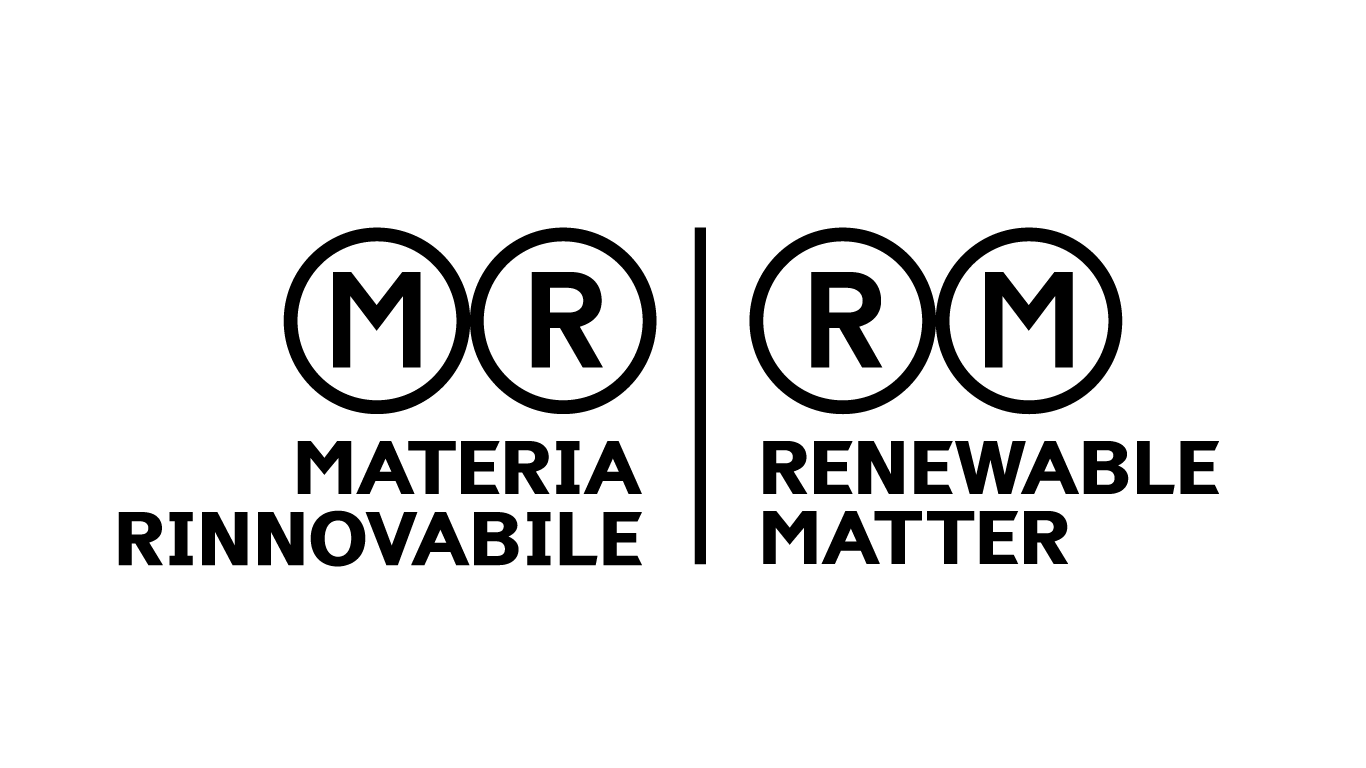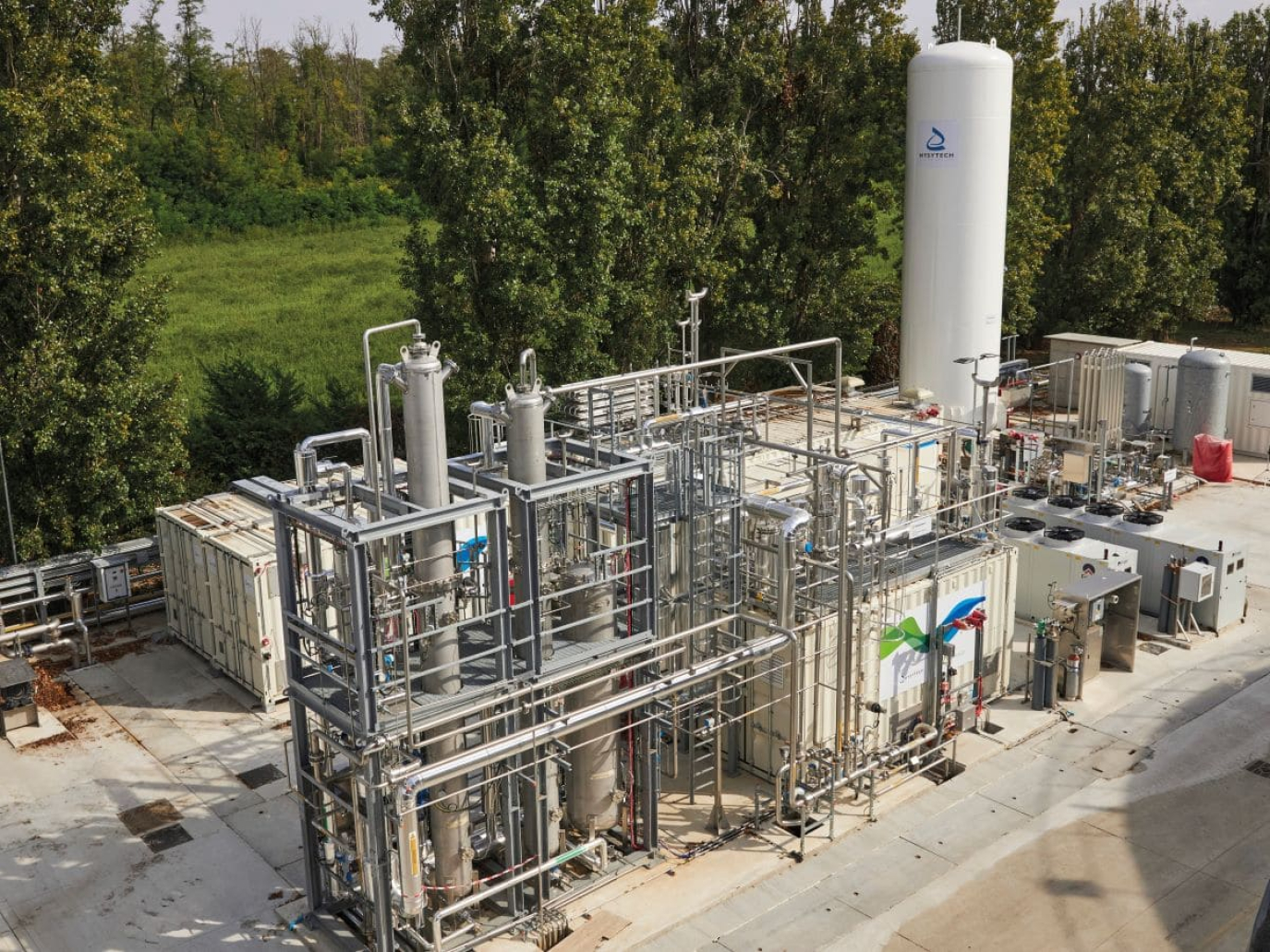
Non-polluting gases, CO₂ turning into a resource, hydrogen and bio-LNG poised to change the way we produce energy. This is the path being pursued by Hysytech, a Turin-based engineering company specialising in the design, development and construction of solutions in the field of green chemistry.
With over 4,000 industrial installations worldwide, Hysytech has placed innovation at the heart of its strategy since its inception in 2003, collaborating with universities and research centres. The acquisition of Stirling Cryogenics in 2018 has since opened up new frontiers in cryogenic gas liquefaction, while the entry into the Nippon Gases group in 2022 has brought global expertise in hydrogen production, combustion, industrial CO₂ and water treatment. This shift has consolidated the company's technological leadership, now committed to pushing the boundaries of decarbonisation, from biogas upgrading to CO₂ recovery as a bio building block for the circular economy.
Biogas and biomethane, a meeting point for agriculture and industry in Europe
Andrés Saldivia, head of business development at Hysytech and Stirling Cryogenics, tells Renewable Matter about the opportunities in the biogas and biomethane market. “We believe that there are significant opportunities in biogas and biomethane in all European countries. They represent a new economic model that combines the agricultural sector with industry, while also helping to reduce emissions. Until now, a balance based on the first agricultural revolution of the first half of the 20th century, characterised by the introduction of machinery and chemical fertilisers, has been maintained. Now, however, we need to focus on the potential for carbon capture and sequestration in the biosphere, with initiatives such as regenerative agriculture, that offer significant potential for CO₂ reduction.”
For Hysytech, countries such as Germany, Italy, France, Spain and Poland are currently the most important markets in terms of land size and agricultural activity. “Germany already has a good share of first-generation biogas plants (for electricity generation) and needs to address the issue of conversion, while Italy and France are in an intermediate phase of transition from biogas to biomethane,” explains Saldivia. “Countries such as Spain and Poland still have a long way to go, but their combined potential could double what has been achieved so far, making them strategic at the macroeconomic level.”
Upgrading: the challenge lies in the input matrices
The upgrading of biogas to biomethane is the process that removes CO₂ and impurities, transforming it into a pure gas suitable for networks or transport. Not all biogas, however, has the same characteristics. “The source biomass and its mixtures, as well as the methods of biological management, determine different characteristics in terms of methane content and the presence of impurities or pollutants. Some biogases, such as those derived from landfills or industrial organic waste, are complex to treat. Some agricultural biogases can also present difficulties, for example when they contain pomace or citrus fruits,” continues Saldivia.
For this purpose, Hysytech has developed a hybrid process, involving an initial water-based treatment stage, followed by membranes in the second and third stages of purification and recovery. “This three-stage approach allows us to obtain high-quality biomethane and minimise methane leakage, ensuring robustness and reliability even for more complex biogases,” explains Saldivia. “For well-managed flows, the three-stage process with compressors dedicated to the main flow and recirculation allows energy consumption to be reduced by 10–15%.”
Why integrate biogas upgrading, bio-LNG production and CO₂ recovery?
In 2024, Hysytech, together with Nippon Gases, kick-started the bio-LNG market in Europe. Three plants began operating in Germany – two in North Rhine-Westphalia and one in Bavaria – with a capacity of between 6 and 12 tonnes per day. Integrated with biogas upgrading and CO₂ recovery systems, they represent a model of energy circularity that transforms organic waste into ready-to-use liquid renewable energy for heavy transport and hard-to-abate industries. But the growth does not stop at the German border.
Still in 2024, Hysytech brought its technology to Sweden and Spain, with new upgrading and bio-LNG production plants capable of producing 5 to 7 tonnes per day. “The integration of biogas upgrading, bio-LNG production and CO₂ recovery is becoming increasingly important. The result is one of the lowest possible carbon footprints,” adds Saldivia, pointing out that in the three plants built with Nippon Gas, the main challenges concerned integration into complex regulatory contexts, with often unpredictable permits and authorisations.
“Finally, relations with the local area are crucial. The aim of our research is to create synergy between agriculture and industry, fixing CO₂ in the biosphere and producing sustainable biofuels,” concludes Saldivia. “Bio-LNG overcomes the geographical limitations of biomethane, offering a practical solution for heavy goods and maritime transport, among the most difficult sectors to decarbonise. The biological CO₂ produced can also turn into an industrial resource, which can be transformed into intermediates such as formic acid, useful in agriculture, oxalic acid for inorganic chemistry, and bio-methanol, now used to additive petrol, but which in the future could be used as an additive for jet fuel, helping to reduce emissions in the sector.”
This content is produced thanks to the support of sponsors
Cover: photo by Hysytech



